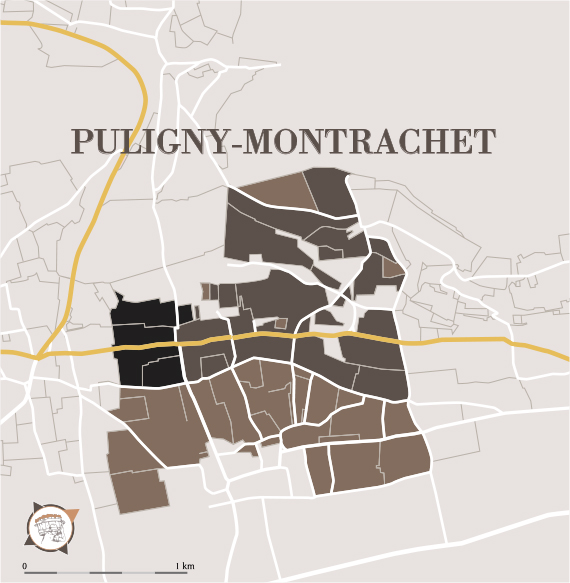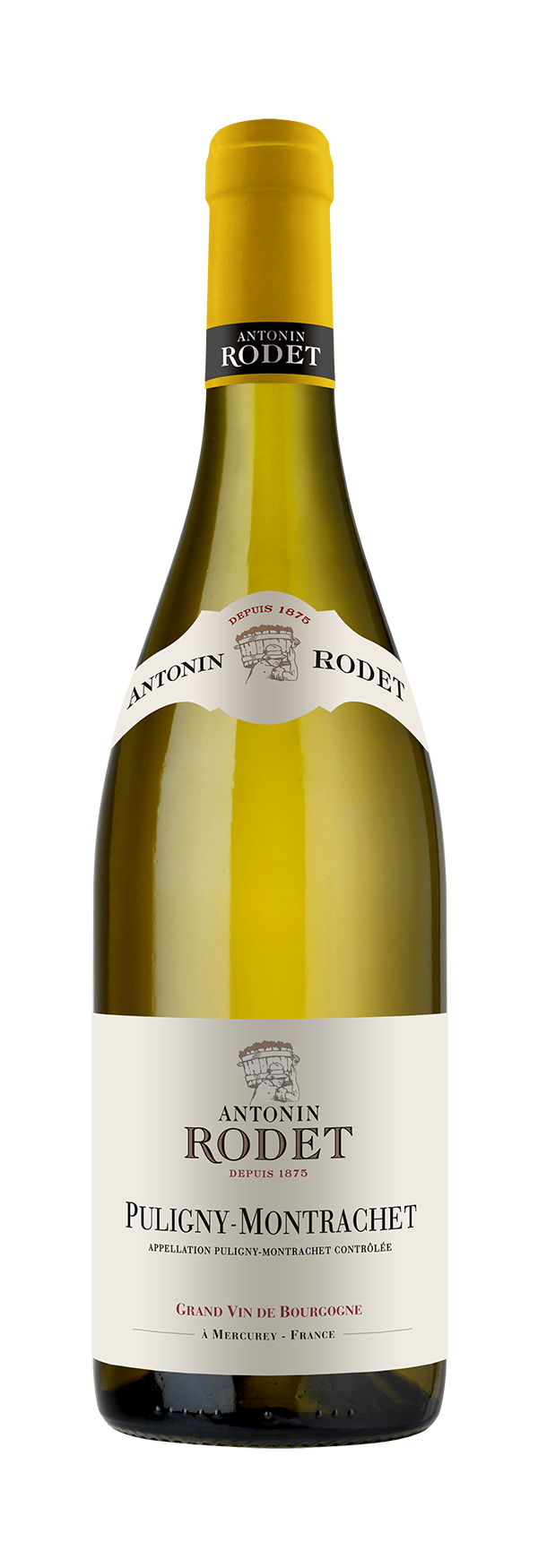PULIGNY-MONTRACHET 2019
PULIGNY-MONTRACHET 2019
click on one of the vintages below for further information
Grape variety
Tasting notes
Nose: aromas of citrus enhanced by delicately toasted vanilla notes.
Palate: fresh and light in the mouth, with a good minerality and discreet woody notes. The finale is long and charming.
Wine and food pairing
Serving temperature
Ageing potential
Origin
The village supposedly holds its name from the Gallo-Roman era, when the first people settled and named it Puliniacus - the marsh house. The second name "Montrachet" was attached only in the end of the 19th century, to have a link with the Grand Cru that can be produced in the village.
The appellation spreads on 211,46 hectares and produces almost only white wines. About a third of the appellation (98,18 hectares) is ranked "Premier Cru" and those Premiers Crus contain 17 different Climats. The village also produced 5 Grands Crus.
The soil is mainly composed of limestone with a very typical ocher colour. The subsoil is also composed of marly layers (mix of clay and limestone) that play a great part in giving the wines under the appellation their structure.
The vines are located in the plain with a South-eastern exposure which protect them from the North wind and is ideal to gather the most amount of sunlight and ensure a good maturity/concentration of the grapes.
Vinification and maturing
Once at the winery, the grapes went in a bladder press: squeezed from the inside of the press, they received an equal amount of pressure, ensuring the best quality of juice with a minimal exposure to oxygen.
The vinification and ageing then took place in wooden vats and barrels with a proportion of 40% new oak that will give more structure to the wine and bring soft tannins as well as woody notes.
The wine was aged on lees for 10 months; keeping the lees and stirring them occasionnaly to developp the complexity and aromas of the wine.
Vintage : 2019
2019 was a unique and very changeable year. It brought its own stresses, while harvesting passed without a hitch.
The weather was hot and dry and the 2019 grapes were harvested in perfect health, aside from being scorched here and there.
The skins were very thick, promising good color, and the whites were very aromatic.
Since the start of the 20th century, every vintage that has ended with a “9” has been wonderful.
The only downside to this one is again below-average volumes.
The weather was hot and dry and the 2019 grapes were harvested in perfect health, aside from being scorched here and there.
The skins were very thick, promising good color, and the whites were very aromatic.
Since the start of the 20th century, every vintage that has ended with a “9” has been wonderful.
The only downside to this one is again below-average volumes.





 PDF file
PDF file